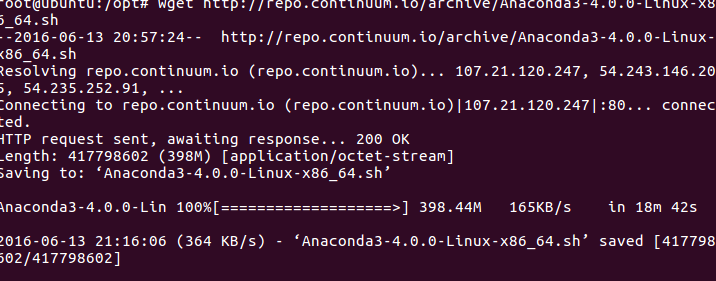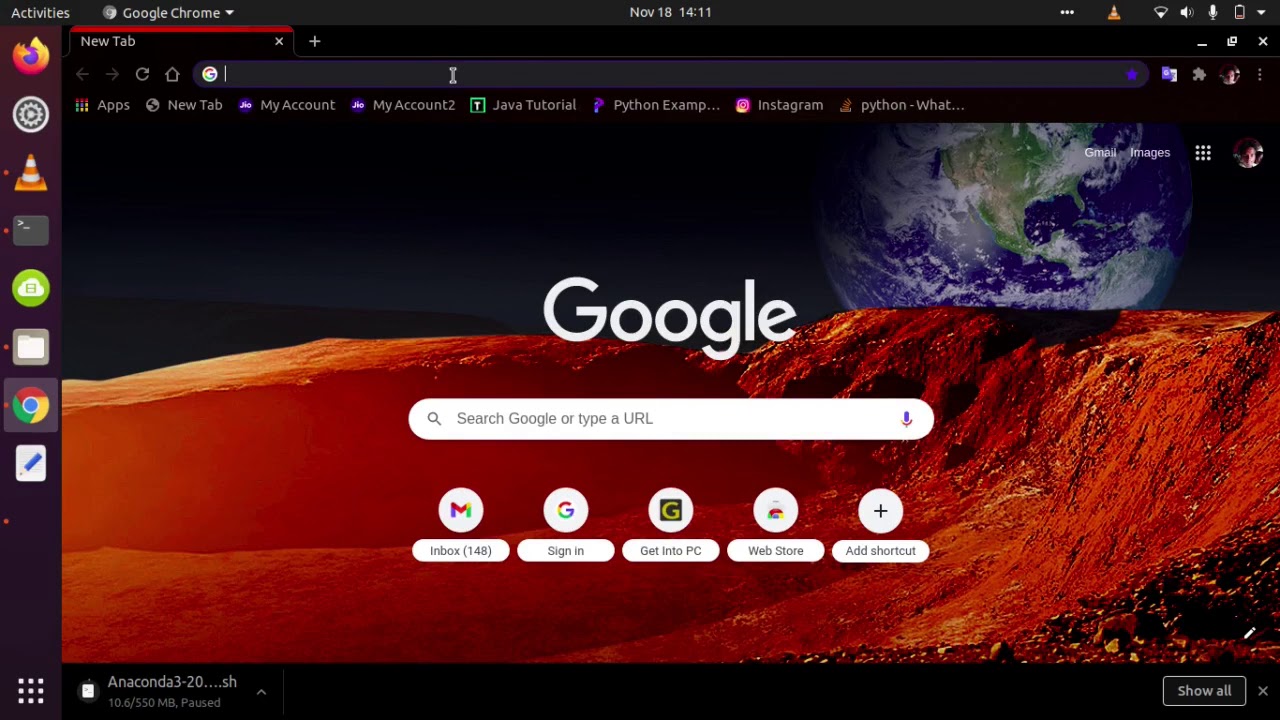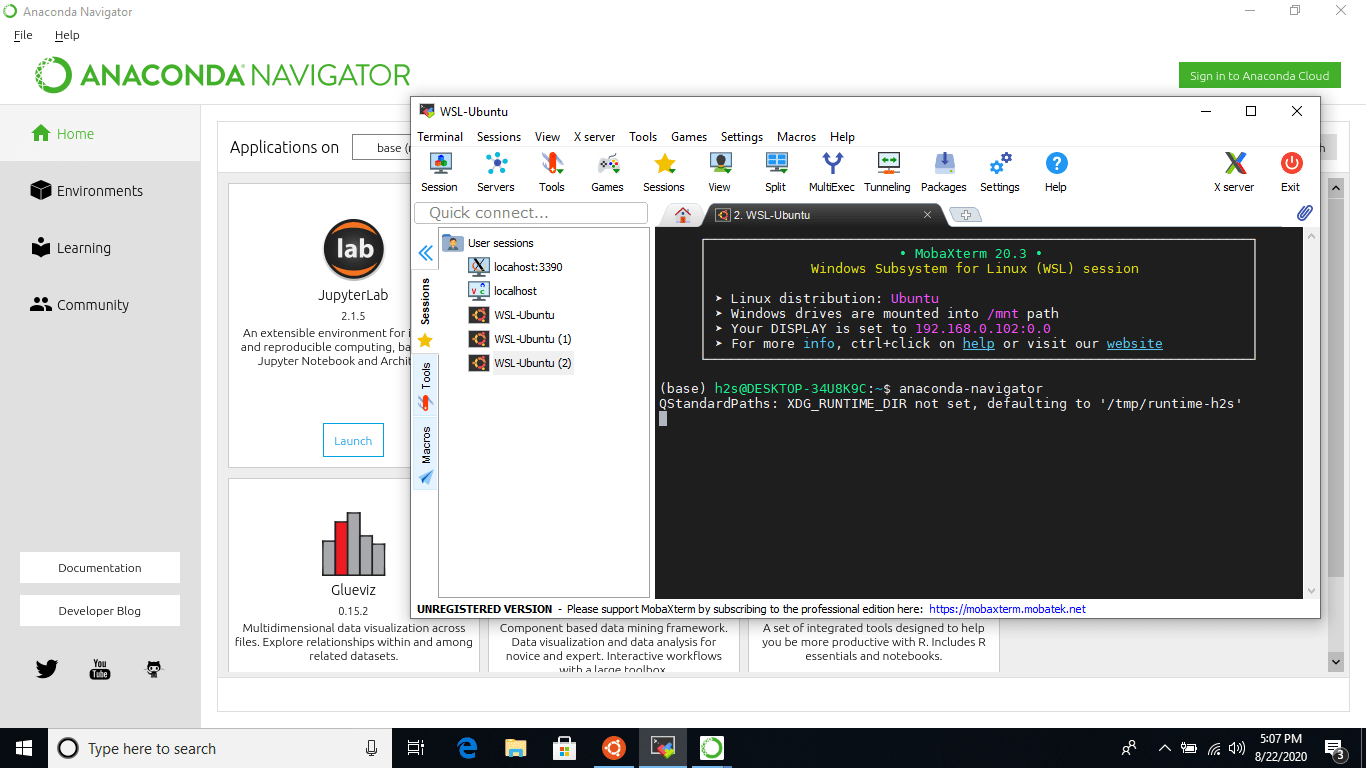

Whether to use Neptune for experiment tracking Whether to use MLFlow for experiment tracking Whether to use Ultralytics HUB integration Whether to use DVC for experiment tracking and version control Whether to use Comet ML for experiment tracking and visualization Whether to sync analytics and crashes to HUB The unique identifier for the current settings The directory where the experiment runs are stored The directory where the model weights are stored The directory where the datasets are stored Ultralytics settings version (different from Ultralytics pip version) Each setting is outlined along with an example value, the data type, and a brief description. The table below provides an overview of the settings available for adjustment within Ultralytics. # Reset settings to default values yolo settings reset
#Anaconda python ubuntu 18.04 update
# Update a setting yolo settings runs_dir = '/path/to/runs' # Update multiple settings yolo settings runs_dir = '/path/to/runs' tensorboard =False


To gain insight into the current configuration of your settings, you can view them directly: These are stored in a YAML file and can be viewed or modified either directly within the Python environment or via the Command-Line Interface (CLI). By making use of the SettingsManager housed within the ultralytics.utils module, users can readily access and alter their settings.

The Ultralytics library provides a powerful settings management system to enable fine-grained control over your experiments. val () # Perform object detection on an image using the model results = model ( '' ) # Export the model to ONNX format success = model. train ( data = 'coco128.yaml', epochs = 3 ) # Evaluate the model's performance on the validation set results = model. Check out the Python Guide to learn more about using YOLOv8 within your Python projects.įrom ultralytics import YOLO # Create a new YOLO model from scratch model = YOLO ( 'yolov8n.yaml' ) # Load a pretrained YOLO model (recommended for training) model = YOLO ( 'yolov8n.pt' ) # Train the model using the 'coco128.yaml' dataset for 3 epochs results = model. This makes YOLOv8's Python interface an invaluable tool for anyone looking to incorporate these functionalities into their Python projects.įor example, users can load a model, train it, evaluate its performance on a validation set, and even export it to ONNX format with just a few lines of code. Designed with simplicity and ease of use in mind, the Python interface enables users to quickly implement object detection, segmentation, and classification in their projects. YOLOv8's Python interface allows for seamless integration into your Python projects, making it easy to load, run, and process the model's output.


 0 kommentar(er)
0 kommentar(er)
